Sunday, May 17, 2015
Fieldstone Walls with Hirst Arts Blocks
Last week Tim gave me a few bags of fieldstone bricks cast from his Hirst Arts molds. I had mentioned wanting to add a bunch of low walls to my fantasy village terrain, and he suggested this as a way to make them. Previously I'd only used random sci-fi Hirst arts pieces to decorate buildings, so I was curious to try making some small constructions. To the best of my knowledge, these fences use pieces from Fieldstone Molds # 70, 71, and 74.
I used almost every standard, half, and quarter-inch-high brick, along with a few embellishments, to make 20 walls. As usual, I adopted a fast painting process. This time it was a dark tan base coat with Delta Ceramcoat "Bamboo" as the heavy drybrushed highlight. A coat of Winsor Newton Galleria Acrylic Matte Varnish came next, followed with a bit of mossy foliage using cheap old-style sawdust flock. I painted and sealed the bottoms to help prevent chipping.
I experimented with several styles of fence in one-inch and three-quarter inch heights. Here's the head-on difference between the two heights with a 28mm figure mounted on a 3mm base.
The molds are nicely done, but sometimes the joins may result in funny areas where the fact that they are "blocks" are noticeable. A bit of flock can help to hide this.
I wanted to add a bit of variety, so here's an instance where I broke a half-inch slanted piece down to one-quarter inch. The plaster was just soft enough that I could scrape it to shape with my thumbnail. Then I glued it in the wall in a strip of other quarter-inch pieces to add a bit of irregularity. Hirst Arts also makes a "ruined" fieldstone mold for those who want lots of ruined sections.
Since fieldstone is irregular and the plaster is easily chip-able with a fingernail, it's a simple matter to break away the edge of any air bubble pockets in the bricks so they look like natural stone irregularities rather than casting errors. The three-quarter-inch wall below and its one-inch brother are notable in that they can be built entirely from the Hirst Arts Mold #70. You'll have to cast the mold fewer times if you make one-inch molds, since the mold only has a couple of half height (quarter-inch) pieces.
This wall piece is my favorite style, but the half-hexagon sides require an additional mold, the #74 Fieldstone Bridge.
My second favorite, but similar to the previous, the long slanted brick on the right requires another mold, #71 Fieldstone Accessories.
There you have it, a quick and easy way to make a variety of walls for providing cover and obstruction for the battlefields. I'm especially glad to have these, since it became apparent in our recent Lord of The Rings Strategy Battle Game how vital obstacles are to the game.
Look for these walls also in our upcoming summer Song of Blades and Heroes campaign. Special thanks to Tim for his generous donation of bricks! One final note -- for those who lack a friend with with Hirst Arts molds or the desire to cast the bricks themselves, try asking around your internet forum or wargame conventions to find someone selling bags or boxes of Hirst arts bricks. This can be a very quick way of acquiring the bricks necessary to make your own fences and the like.
-- Karl, Chicago Skirmish Wargames club member

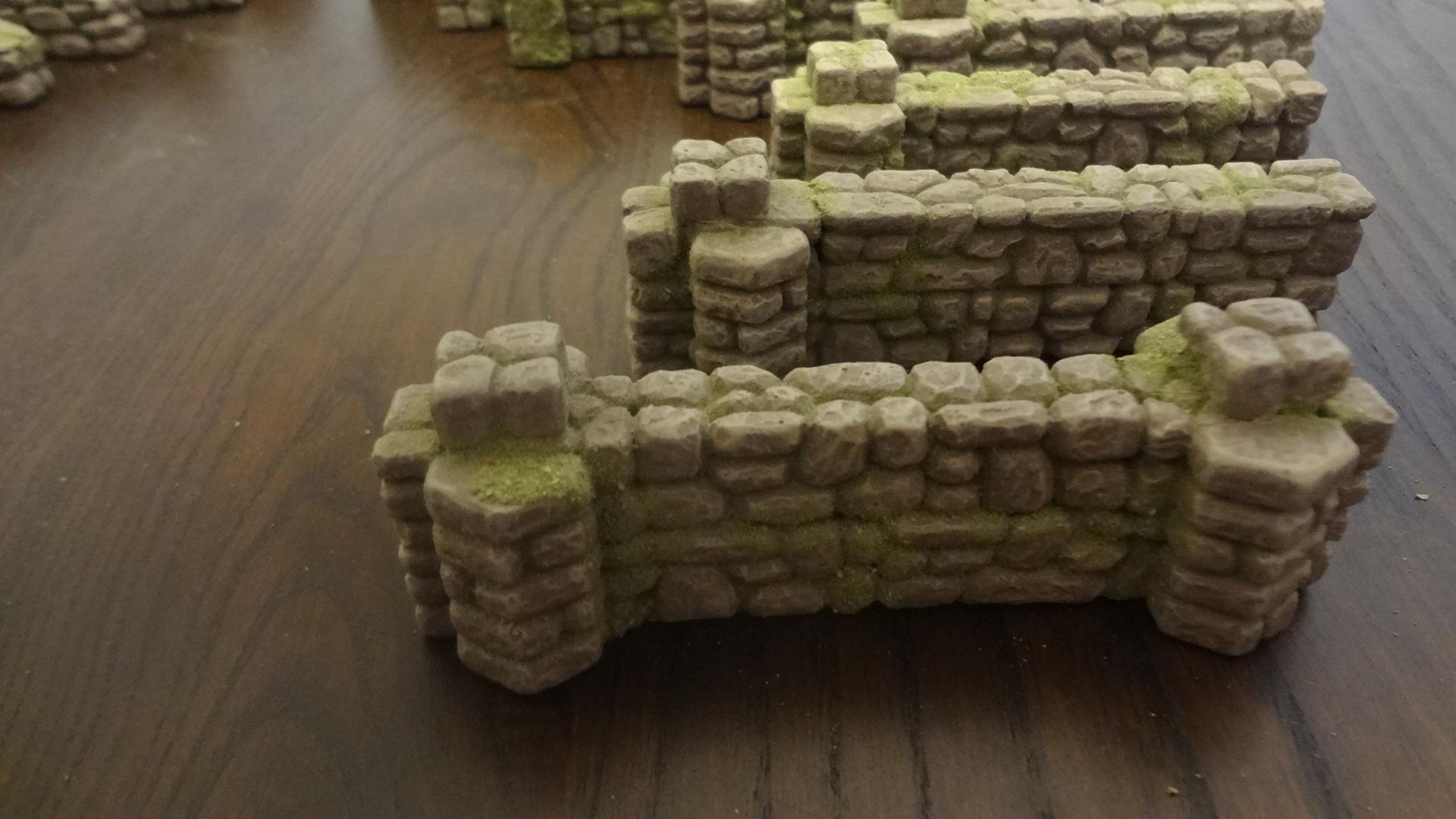

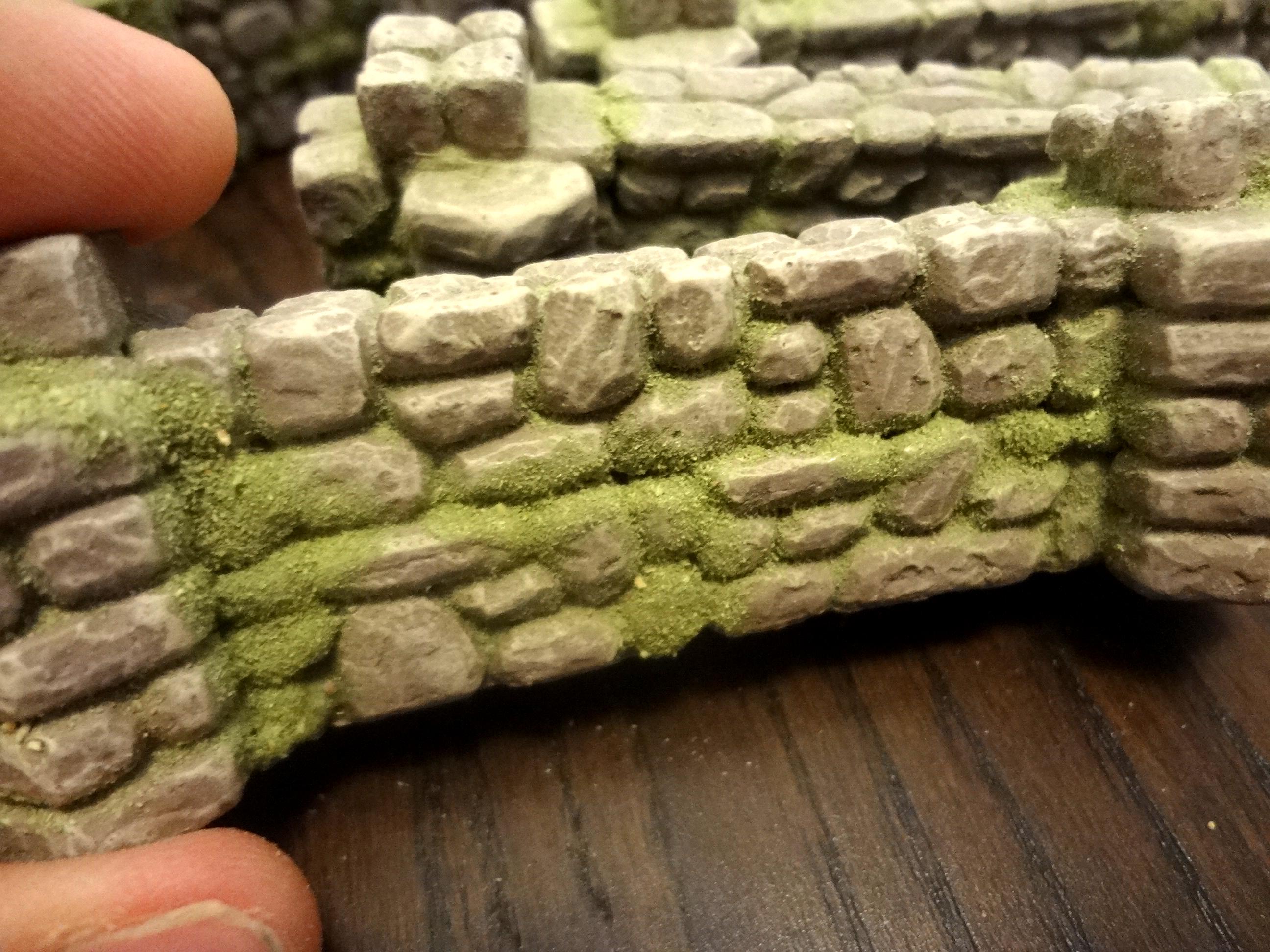
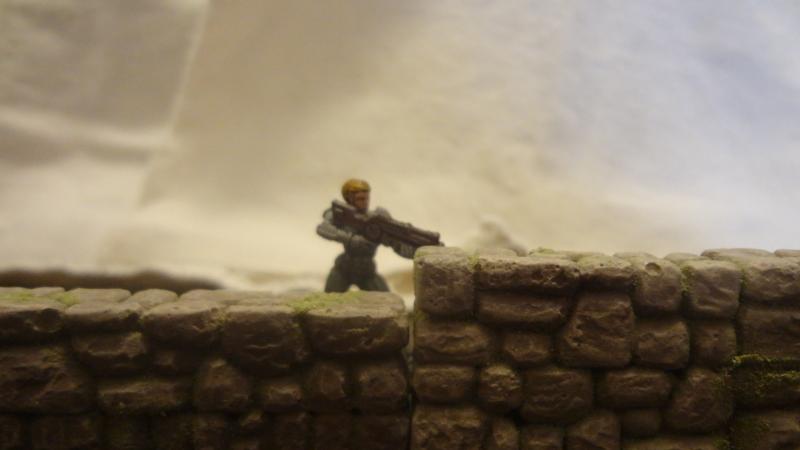
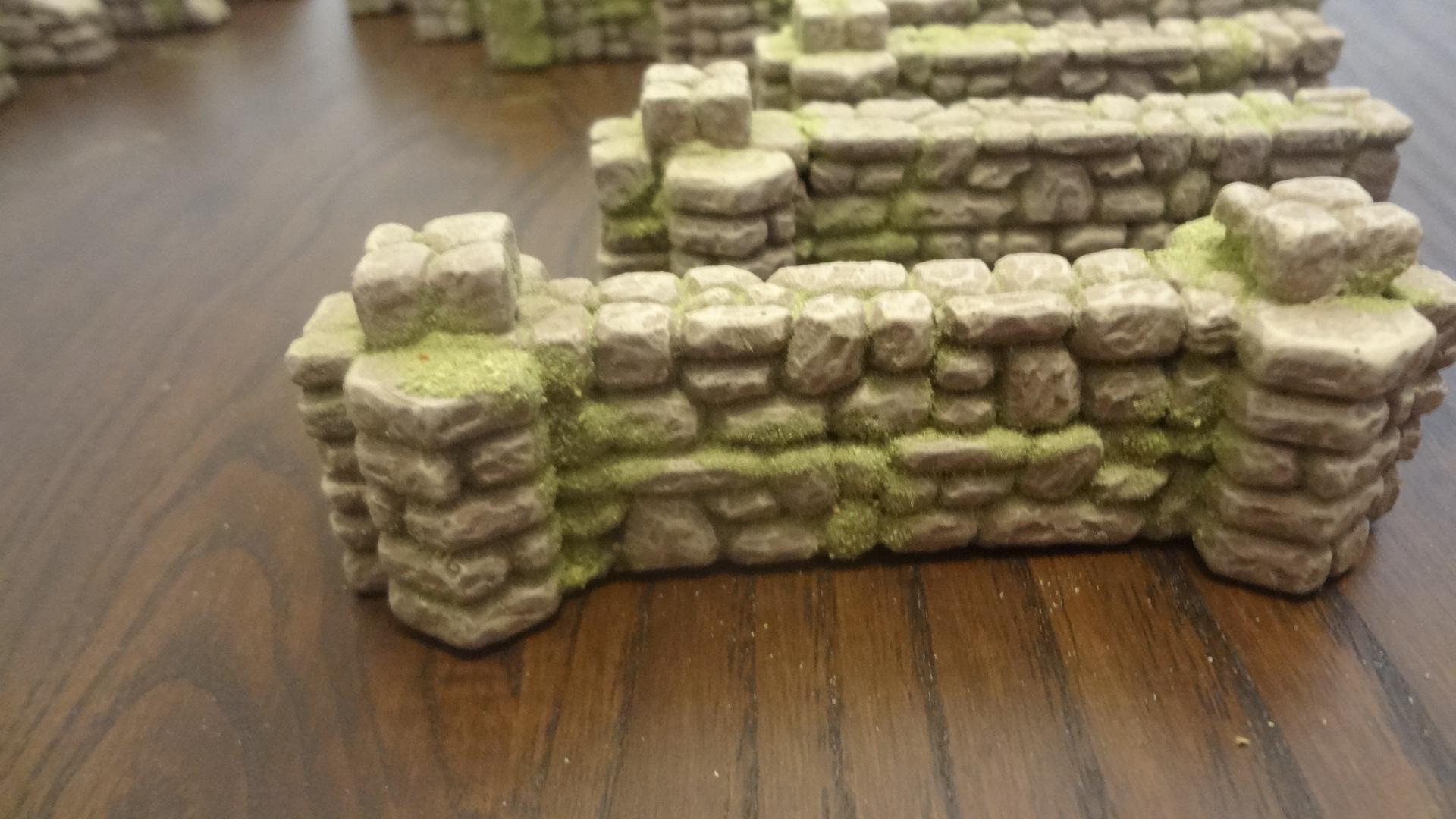
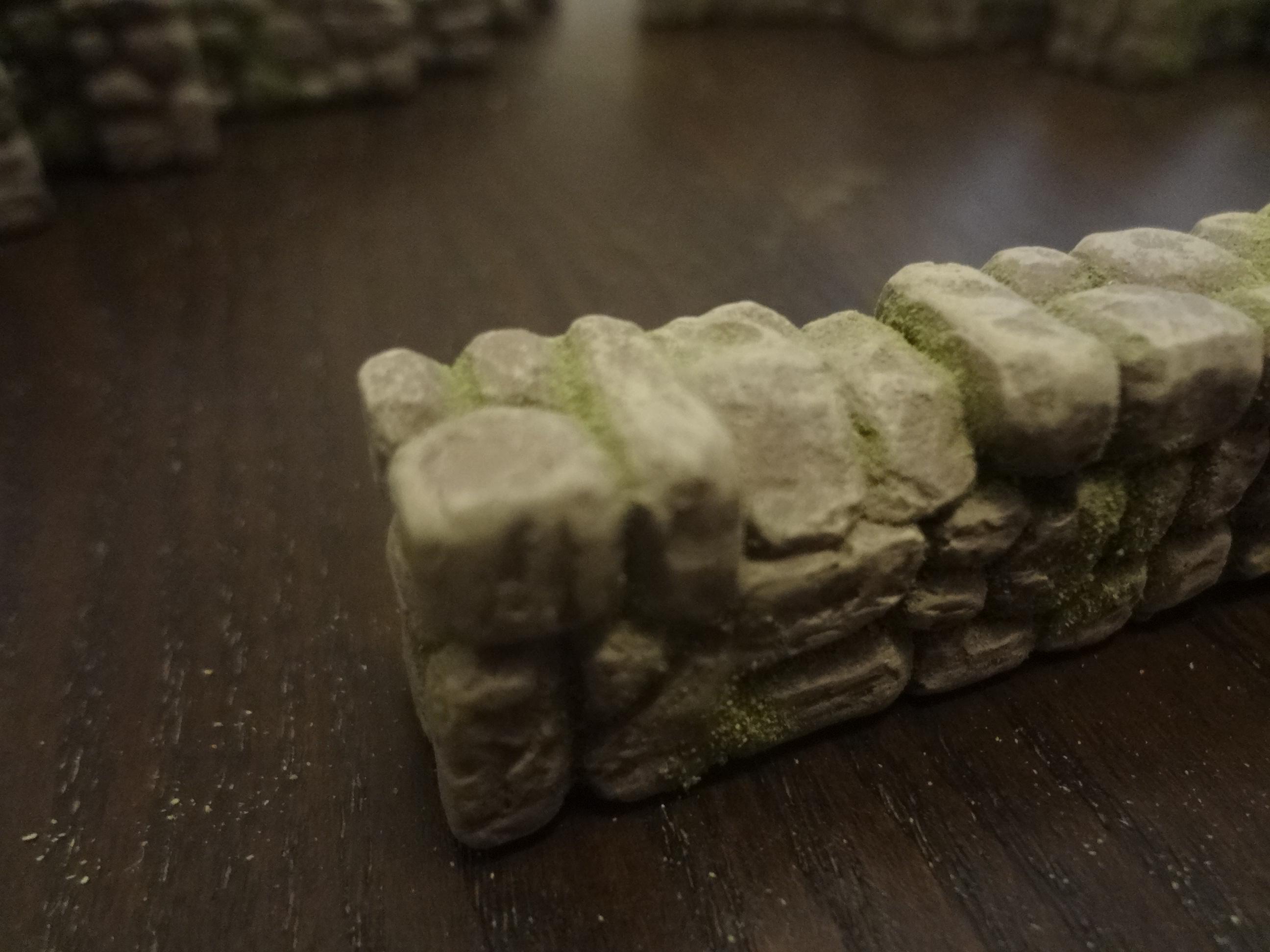
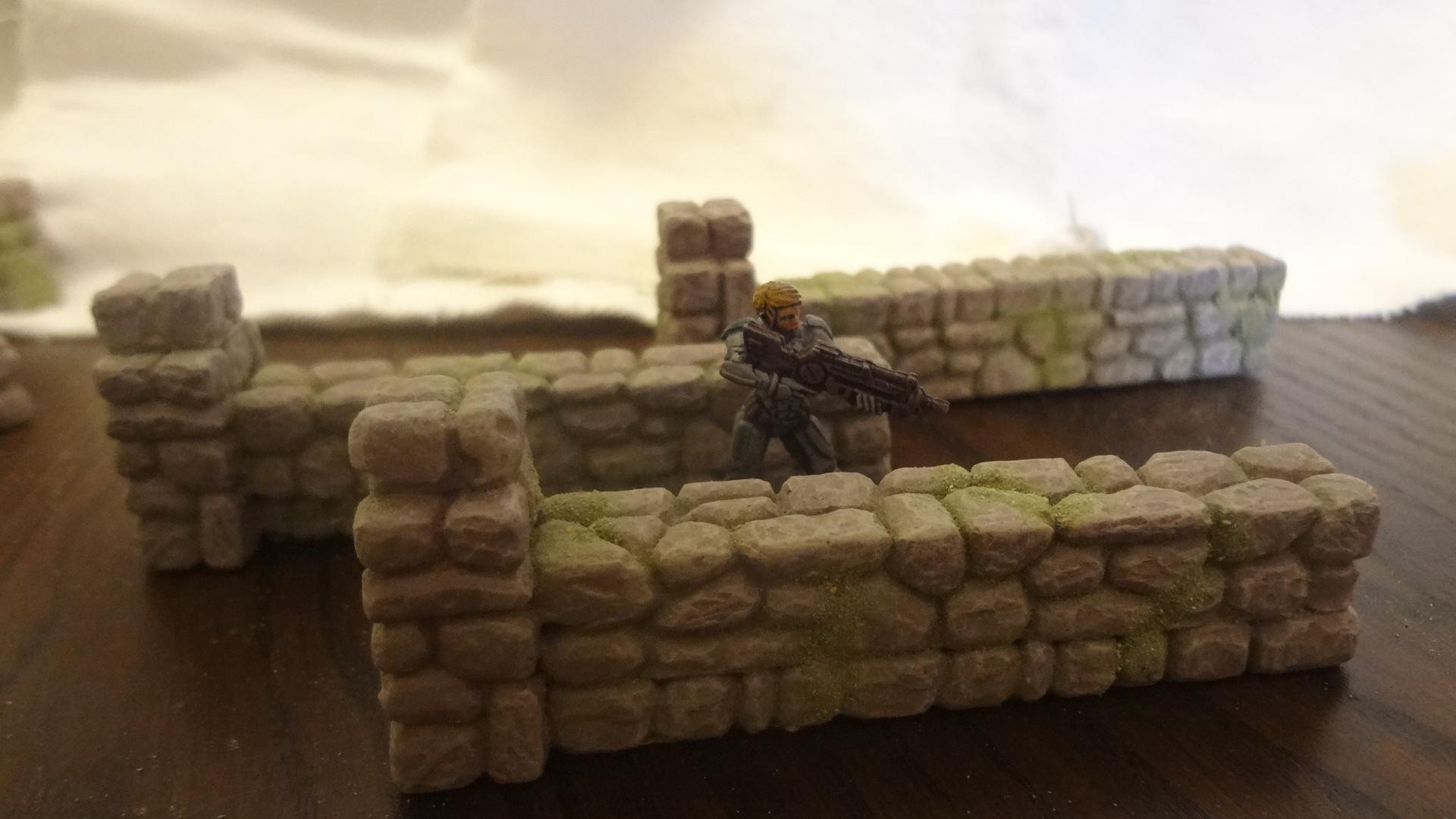
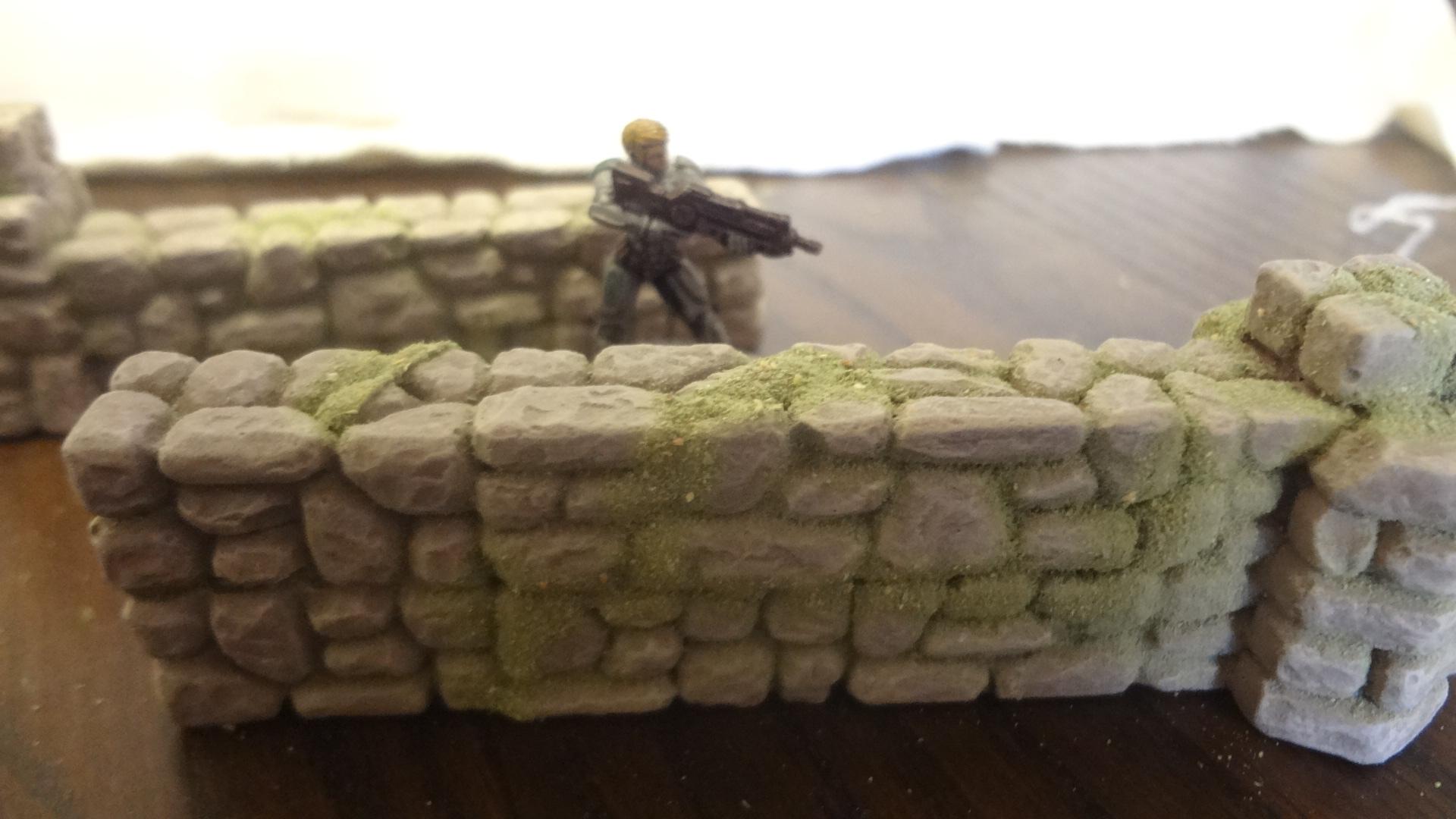
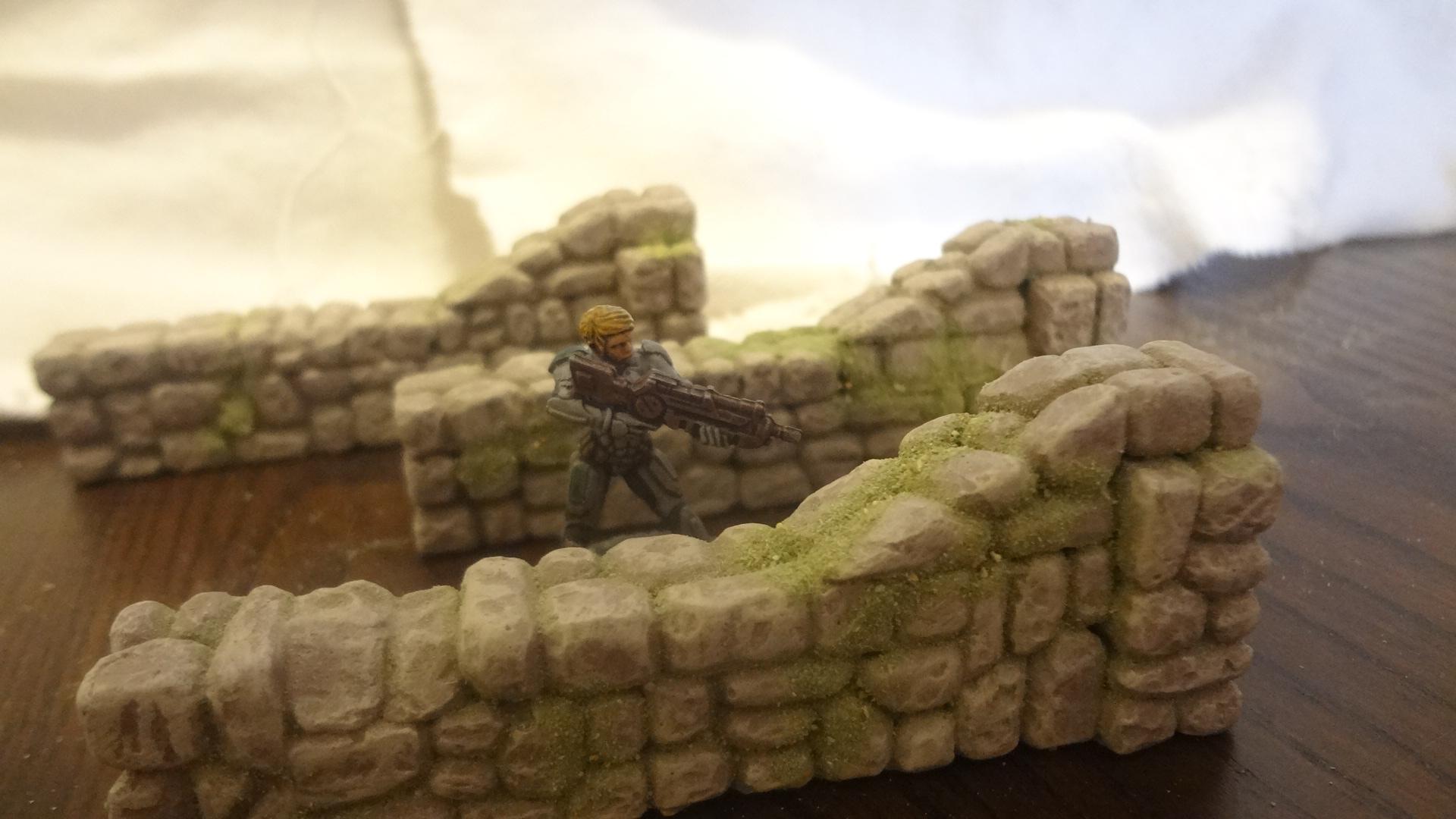
1 comment:
Very nice job!
Post a Comment
Note: Only a member of this blog may post a comment.